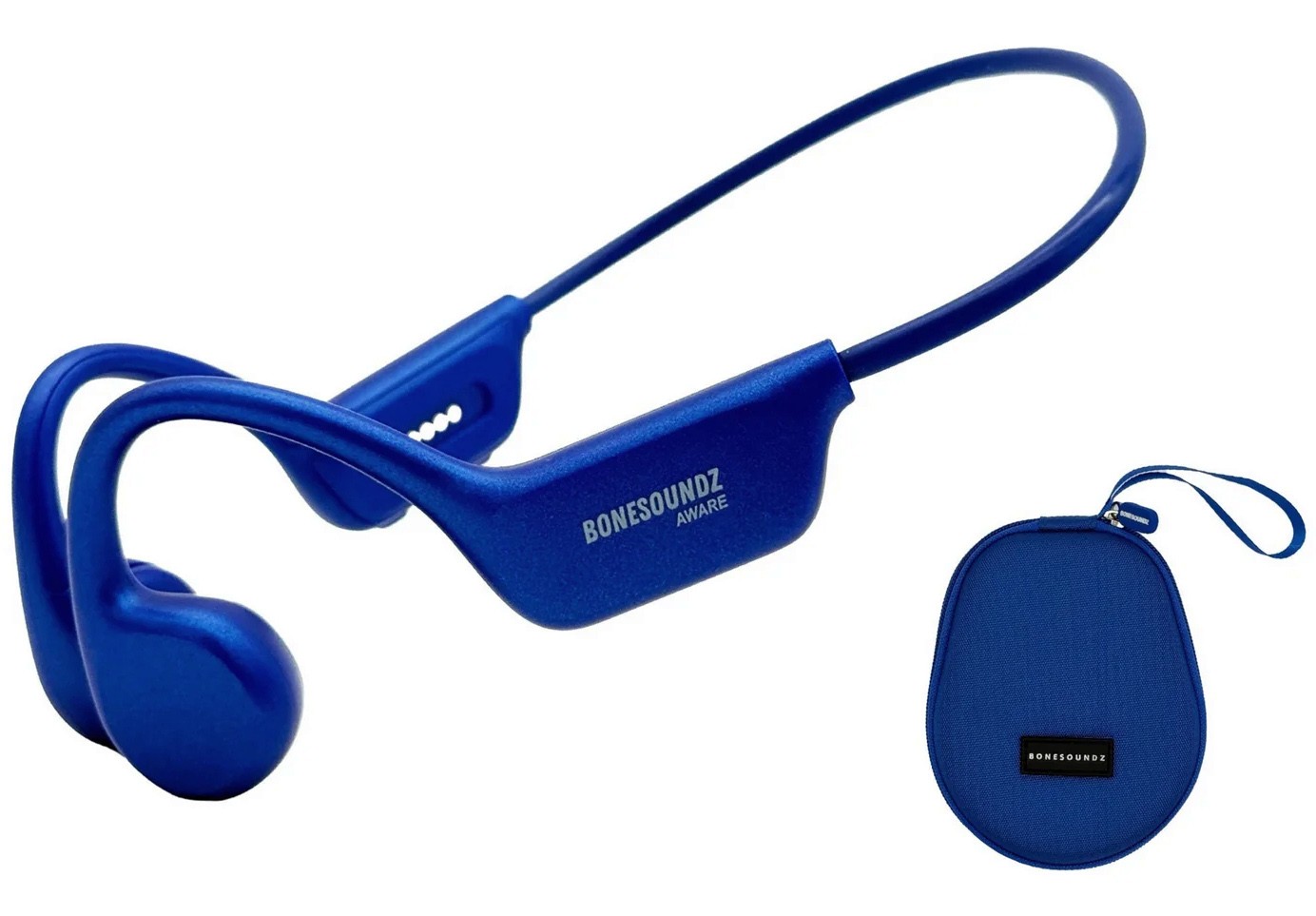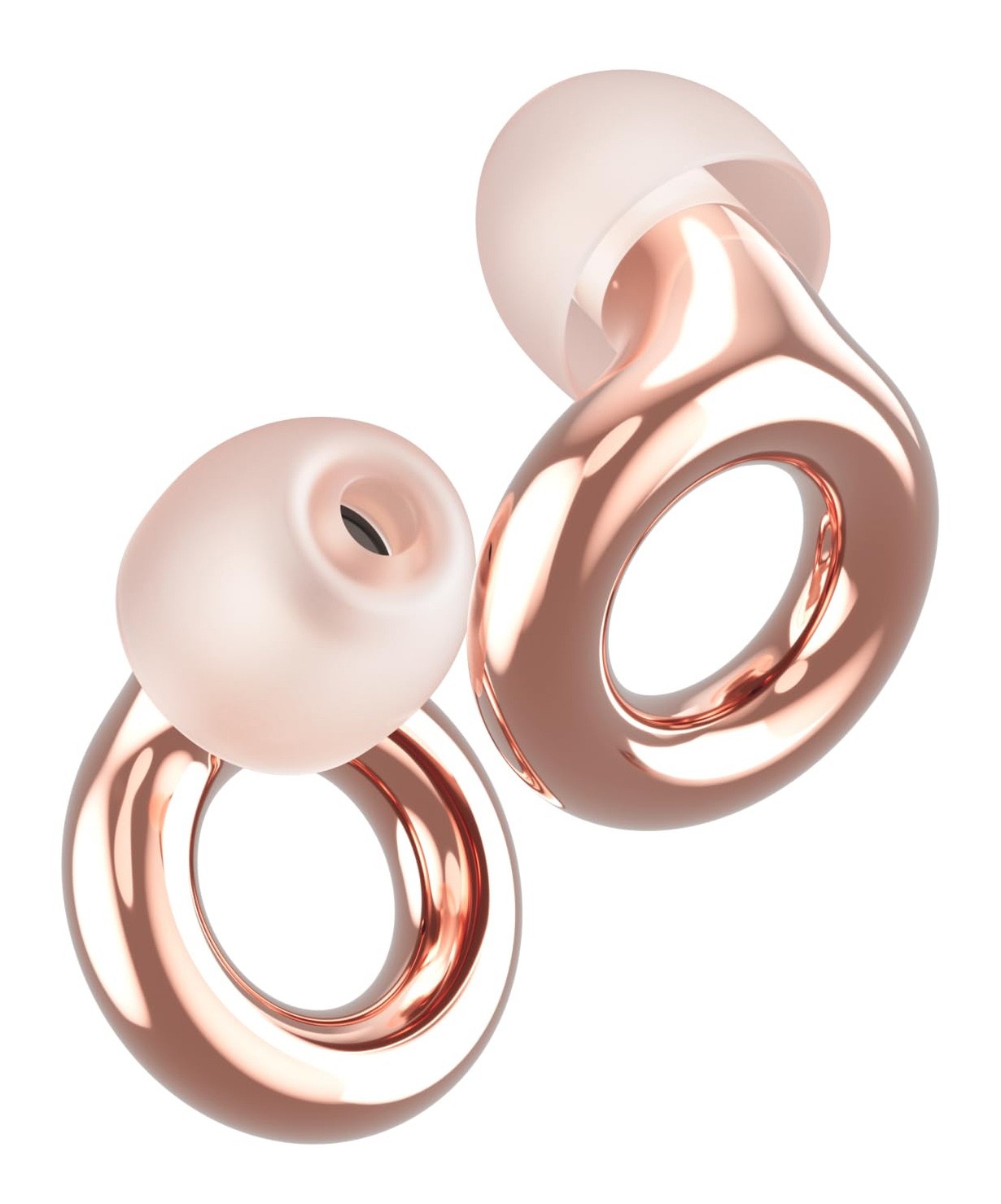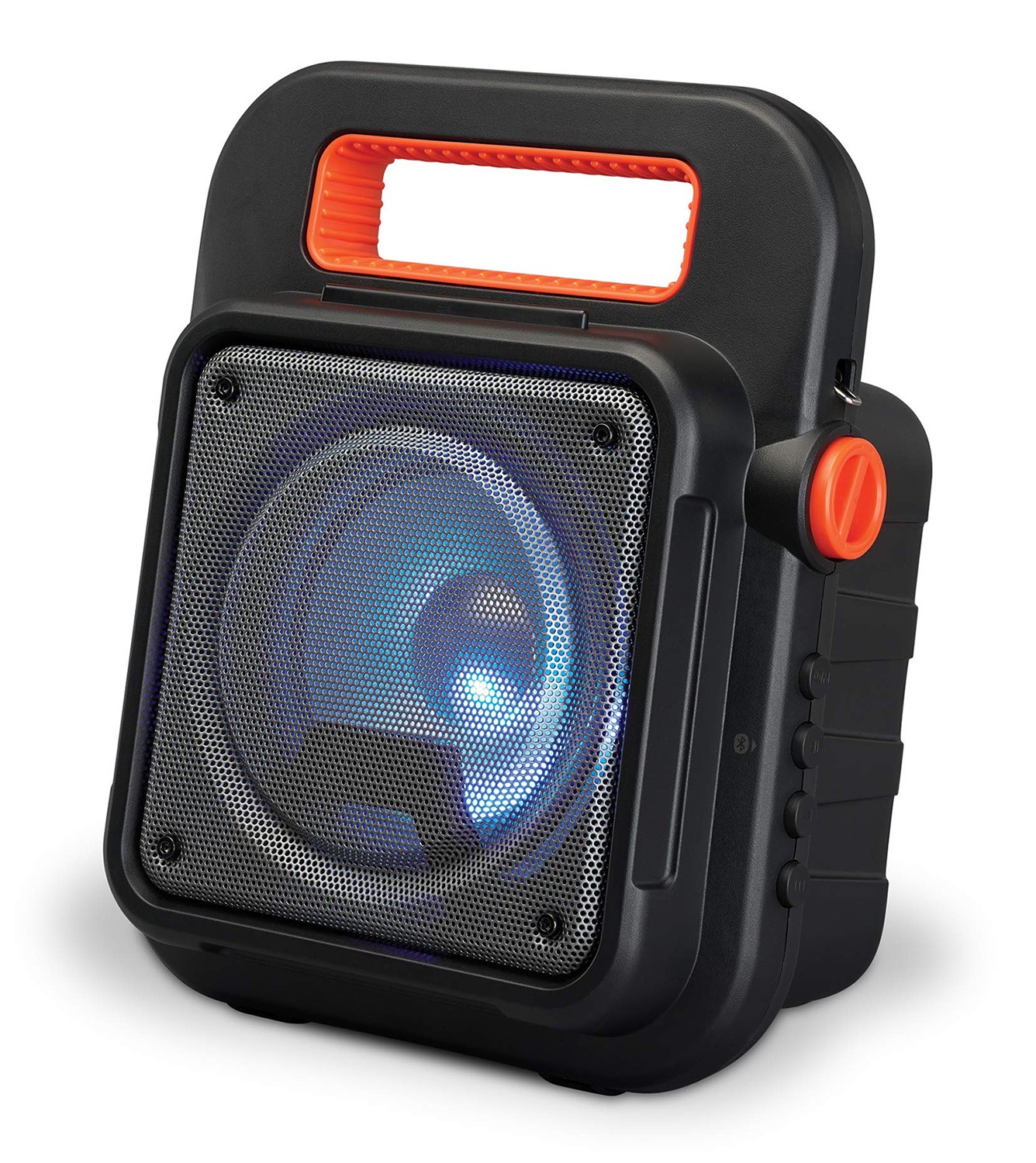Keep your ears safe with a few tips on wearing headphones.
Story by Judy Goppert
Ear pods, earbuds, earphones, headphones, call them what you may. These music-carrying devices are so inspirational when running, walking the dog, mowing the lawn, sunbathing, washing your car, or doing other outdoor activities.
Have you ever wondered just how loud you should set them? Obviously, you want to be aware of your surroundings, so keeping them to a minimum will help. It also helps protect your hearing.
While listening to your favorite music or podcast, it’s important that you do it safely. A first swoop of being safe is a simple test: if others can hear your music, it is too loud! Sounds at or below 70 decibels are considered safe, and many smartphone apps have built-in safe listening features and can tell you how loud your volume is. Many headphones can top 100 decibels, which can damage hearing permanently in mere minutes. A good rule of thumb is to listen to personal audio devices at 50 to 60 percent of the maximum.
And common sense tells you the longer you listen, the lower the volume should be. Take listening breaks once an hour and enjoy the quiet or the spring birds chirping around you! And regularly clean your earbuds to prevent earwax buildup and potential infections.
Timothy Steele, Ph.D., CEO and President of Associated Audiologists, Inc., has good tips and reiterates some essential things to remember. “If you are exposed to loud noise that requires you to raise your voice to be heard over the noise, then you should likely consider using actual hearing protection, not just Bluetooth earbuds. An example would be when using a gas-powered mower or leaf blower. If you are using Bluetooth earbuds to listen to music or audio, they don’t necessarily act as hearing protection,” Dr. Steele shared. “You should, however, be able to activate the sound level safety features on devices such as Apple AirPods. In addition, a rule of thumb about keeping devices like Bluetooth earbuds at a safe listening volume is to make sure another person can’t hear your earbuds when you are listening to music or audio. The best option to actually protect your hearing is to use products made for hearing protection.”
Decent quality, non-custom, filtered hearing protection ranges from $45-$60 per pair.
Better quality, custom solid or filtered hearing protection range from $250-$450 per pair. Most audiologists can help you with either option or provide more information. Because hearing loss is gradual and invisible, it’s recommended to have your hearing tested regularly. A baseline hearing exam at 50 years of age is a good idea.
More ways to be sure you have successful experiences with earbuds is to check for proper fit and make sure they fit snugly to reduce outside noise and improve sound quality. Avoid sharing with others to prevent the spread of germs.
Consider using earplugs in noisy environments. If you’re in a loud environment, wear earplugs or earmuffs in addition to your earbuds. Get your hearing checked periodically, especially if you use headphones or earbuds frequently.
Be mindful of your surroundings when you’re using noise-canceling headphones. It is important to be aware of what is going on around you and be alert to potential dangers.
Remember, your children’s ears are still developing, and that means they require even more protection. The majority of volume-limiting headphones marketed as safe for children use the workplace cap of 85 decibels as the maximum volume, but this is for adult ears and doesn’t factor in time limits.
Some advice to parents would be to sit with your kids with their headphones on, with the volume at zero, and slowly turn it up to find their lowest comfortable volume. It may end up well below the 50 percent threshold. Do the same when your kids are 13 and can use earbuds. Don’t worry: Turning it up briefly for a favorite song is allowed!
If it sounds too loud, it is too loud. If we have to shout so our dinner partner can hear us, it’s too loud. If we can hear music coming out of our child’s headphones or the person sitting next to us on the bus or subway, it’s damaging their hearing.
Armed with these recommendations, enjoy these upcoming months filled with music, fun, and carefree summer memories while you safely listen to your favorite playlists and podcasts. And remember… make time for the sounds of bees buzzing, birds chirping, and children laughing.
BoneSoundz Pro Aware Headphones
Protect your hearing from the damage done by in-ear devices, while keeping yourself aware of your surroundings. These next-generation bone conduction headphones allow you to listen to your favorite tunes and answer phone calls while remaining aware and alert of your surroundings!
$179.99 / bonesoundz.com
Loop Earplugs
Designed to filter sound waves rather than block them out, you can still get the full experience at your events – just at a lower volume. Multiple styles offer different noise reduction, plus a variety of ear tip sizes. And they look great with a choice of colors to suit every style.
$24.95+ / us.loopearplugs.com
iLive Wireless Speaker
With a wireless range of 60 feet and ~ 3 hour battery life, this party speaker with LED light effects is perfect for summer activities or tone it down for the perfect indoor speaker.
$47.13 / amazon.com









